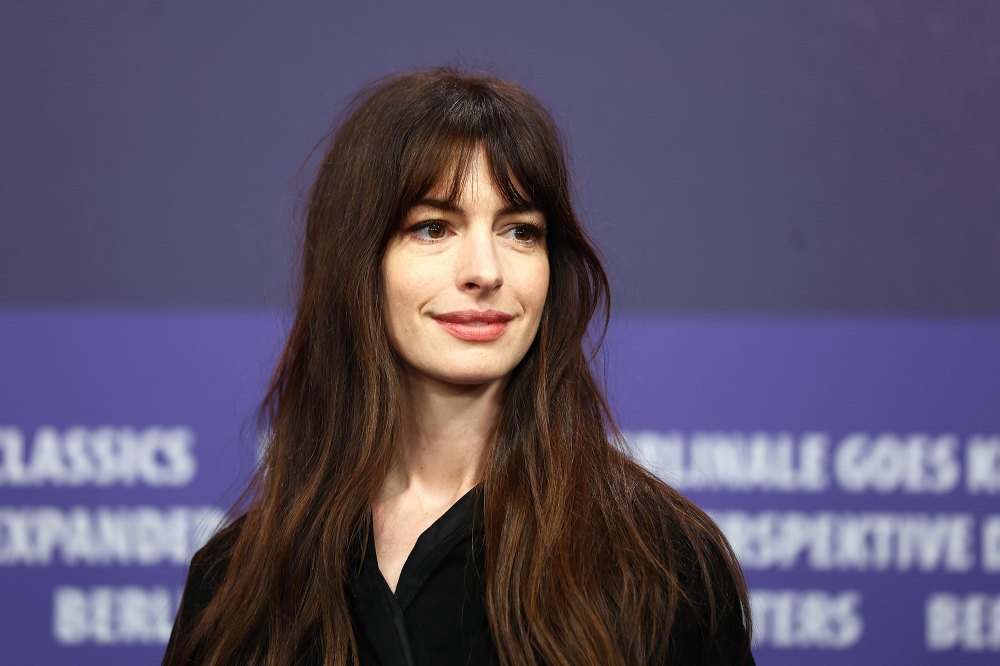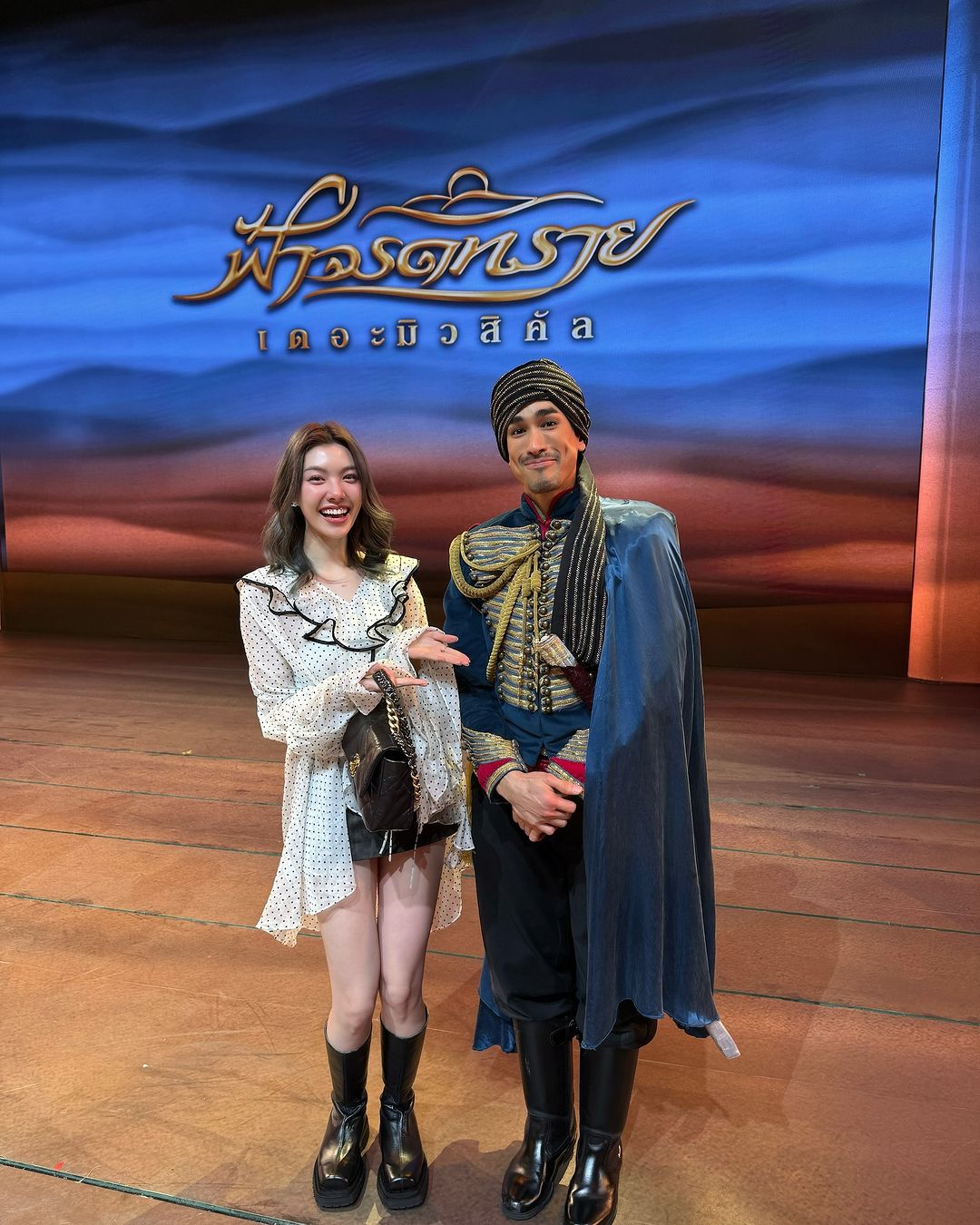Anne Hathaway says she experienced a pregnancy loss before welcoming 𝘤𝘩𝘪𝘭𝘥ren with her husband Adam Shulman.
Hathaway, 41, was asked about her second pregnancy announcement during a new interview with Vanity Fair, which was published on Monday, March 25. The actress elaborated on the section in the 2019 Instagram post that addressed women who are struggling with infertility.
“For everyone going through infertility and conception hell, please know it was not a straight line to either of my pregnancies,” Hathaway wrote at the time. “Sending you extra love.”
Hathaway offered more insight into her past struggles on Monday, saying, “Given the pain, I felt while trying to get pregnant, it would’ve felt disingenuous to post something all the way happy when I know the story is much more nuanced than that for everyone.”
In the Vanity Fair profile, Hathaway revealed she experienced a miscarriage in 2015 while starring in Grounded, a one-woman, off-Broadway play. Hathaway played an F16 fighter pilot whose career stalls after an unexpected pregnancy.
 Anne Hathaway Sebastian Reuter/Getty Images
Anne Hathaway Sebastian Reuter/Getty Images
“The first time it didn’t work out for me. I was doing a play and I had to give 𝐛𝐢𝐫𝐭𝐡 onstage every night,” she said about keeping the pregnancy loss a secret from the public. “It was too much to keep it in when I was onstage pretending everything was fine.”
Hathaway later told her friends about the situation, adding, “I had to keep it real otherwise. So when it did go well for me, having been on the other side of it — where you have to have the grace to be happy for someone — I wanted to let my sisters know, ‘You don’t have to always be grateful. I see you and I’m with you.’”
She concluded: “It’s really hard to want something so much and to wonder if you’re doing something wrong.”
Hathaway, who shares sons Jonathan, 8, and Jack, 4, with Shulman, 42, previously discussed the complications she faced on the road to motherhood.
“There’s this tendency to portray getting pregnant, having kids, in one light, as if it’s all positive. But I know from my own experience it’s so much more complicated than that,” she explained during an interview with WSJ. Magazine in March 2022. “And when you find out that your pain is shared by others you just think, ‘I just feel that’s helpful information to have, so I’m not isolated in my pain.’ I mean, what is there to be ashamed of? This is grief, and that’s a part of life.”
At the time, Hathaway noted that she wouldn’t rule out expanding her family further in the future. She also recalled not feeling “fully landed and fully here” until the arrival of her kids.
“It’s not like I was lacking integrity, but it made me want to be completely, on every level, true to my word,” she detailed. “And that meant stopping any nonsense that I had going on inside myself. And it’s little breaks that you give yourself sometimes when you know that you’re not being your best self.”





